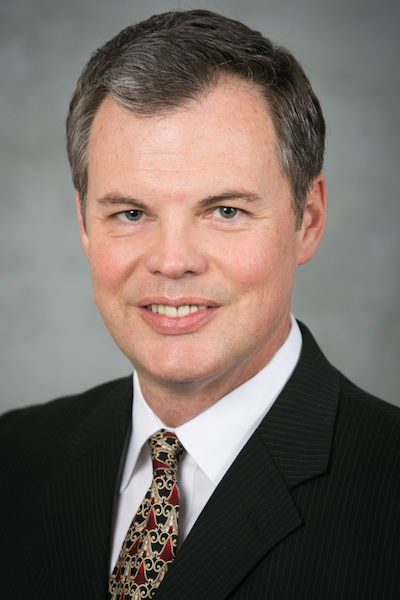 Guest Post by Vernon C. Smith, Ph.D.
Guest Post by Vernon C. Smith, Ph.D.
Provost
We operate in a turbulent higher education marketplace. Many forces are impacting the foundational pillars of higher education, from economic and demographic to social, cultural, and, especially, technological. Knowing how these forces will impact higher education helps leaders adjust, adapt, and plan for the future. This awareness can help an institution to survive or even flourish.
One established source for understanding trends has been the New Media Consortium’s (NMC) annual Horizon Report, which assesses short-, mid-, and long-term trends in the adoption of technology in higher education. The report also looks at the anticipated timeframe for the adoption and the challenges that might impede the adoption of that technology. Over the last 16 years, NMC has used the Delphi Method, engaging industry experts like consultant Bryan Alexander to develop, discuss, and forecast the likelihood and strength of these trends. I have used the report as homework for my academic leaders and it has been suggested reading for all university leadership for many years.
By way of background, NMC ceased operations in late 2017 and the 2018 report was therefore in peril. But luckily, EDUCAUSE boldly bid for, and was granted, ownership of the report and ongoing projects. I have supported and been associated with EDUCAUSE for years, via both its board of directors and ELI, its teaching and learning division. I have never been so proud of the leadership at EDUCAUSE that saw the value of the report and took action to preserve and enhance it.
This year’s short-term trends include a “Growing Focus on Measuring Learning” and “Redesigning Learning Spaces.” APUS has been an early adopter of measuring learning at multiple levels, and uses a variety of home-grown tools and methods as well as third-party applications like Civitas Learning’s Inspire to gauge our students’ achievement of competencies and learning outcomes, and how well and how often they engage with learning materials and faculty members.
An example of how APUS is redesigning learning spaces is the use of its 24-inch, remote-controlled telescope in Charles Town, West Virginia, by which faculty and students digitally connect to explore the cosmos from their own location. This hands-on access to high-powered tools makes the teaching and learning both relevant and innovative. As a leader, it’s gratifying to know that APUS is on the leading edge of driving such short-term trends.
The mid-term Horizon trends are “Proliferation of Open Educational Resources” and “The Rise of Interdisciplinary Studies.” The report notes that the Open Educational Resources (OER) initiative has appeared since 2013, but that the “advances in the authoring platform or curation method of open resources is now overshadowed by campus-wide OER initiatives.” This is certainly true at APUS. Since introducing our textbook grant in 2002, APUS has saved undergraduates over $134 million by providing textbooks at no cost. In 2017, APUS faculty converted 220 courses to OER courses, as well as four graduate programs to so-called “Z-Degrees,” zero-textbook-cost degrees. In addition, APUS introduced its first two new interdisciplinary terminal degrees in 2018 that combine perspectives from multiple disciplines, the Doctorate in Global Security and Doctorate in Strategic Intelligence.
Long-term trends reported by NMC include “Advancing Cultures of Innovation” and “Cross-Institution & Cross Sector Collaboration.” This portion of the Report helps push leaders to envision and prepare for the future. APUS, for its part, has a strategic initiative that focuses time and resources to further develop our long-established culture of innovation, an effort recognized as essential by both academic and university leadership.
Finally, APUS continually looks at ways to collaborate with other sectors and within higher education. One strong example is our efforts to create seamless reverse transfer and joint admissions pathways to community college students so that these colleges get the completions they need, and students avoid losing credits when they transfer up to 90 credits to APUS.
I’m very proud that EDUCAUSE stepped in to preserve the NMC Horizon Report. I’m also pleased to see the trends and challenges that the report indicates and to know that, in very tangible and specific ways, APUS is anticipating and meeting these trends so that we, as a university, flourish in tandem with our students because we are thoughtfully preparing for the future.











